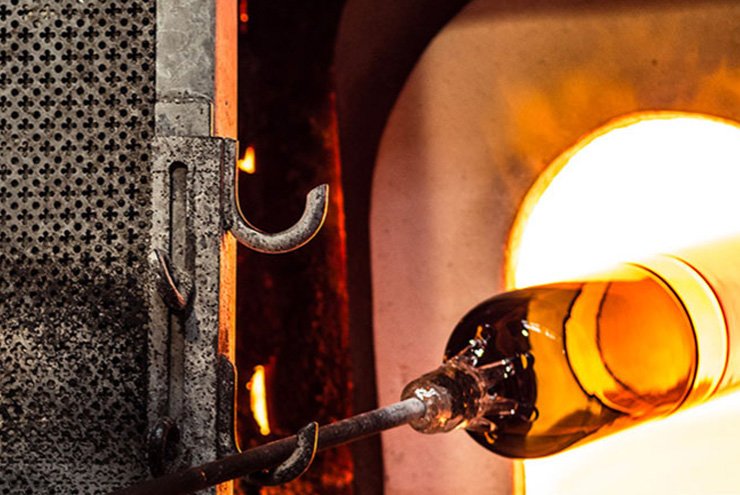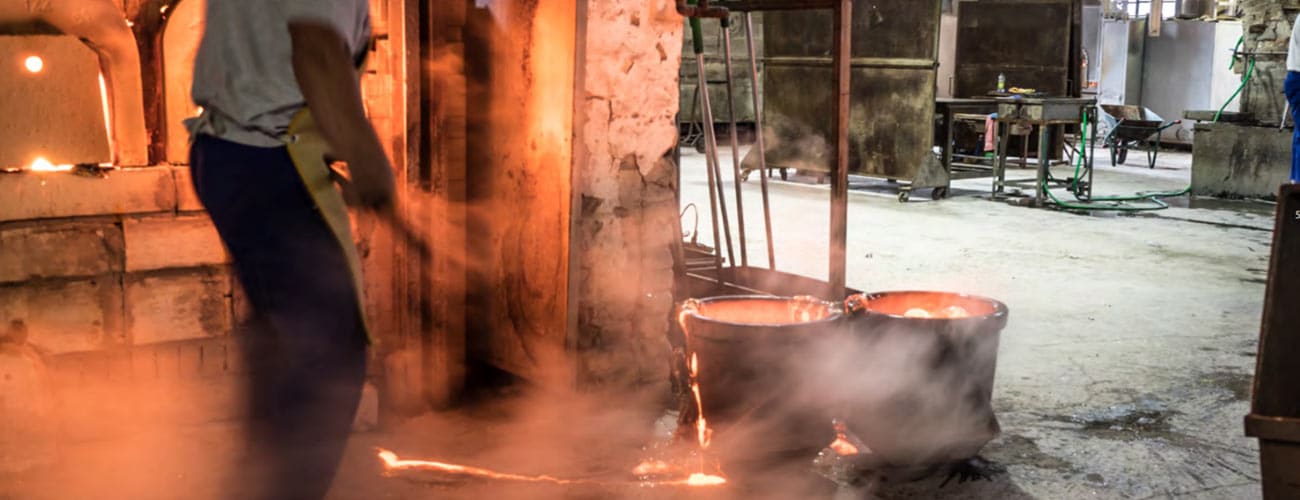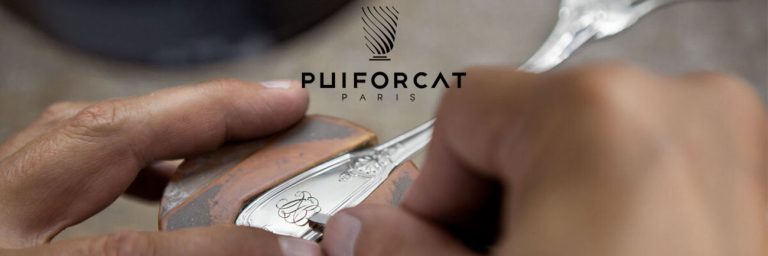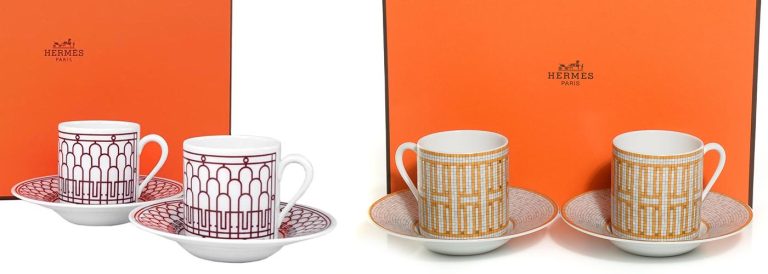
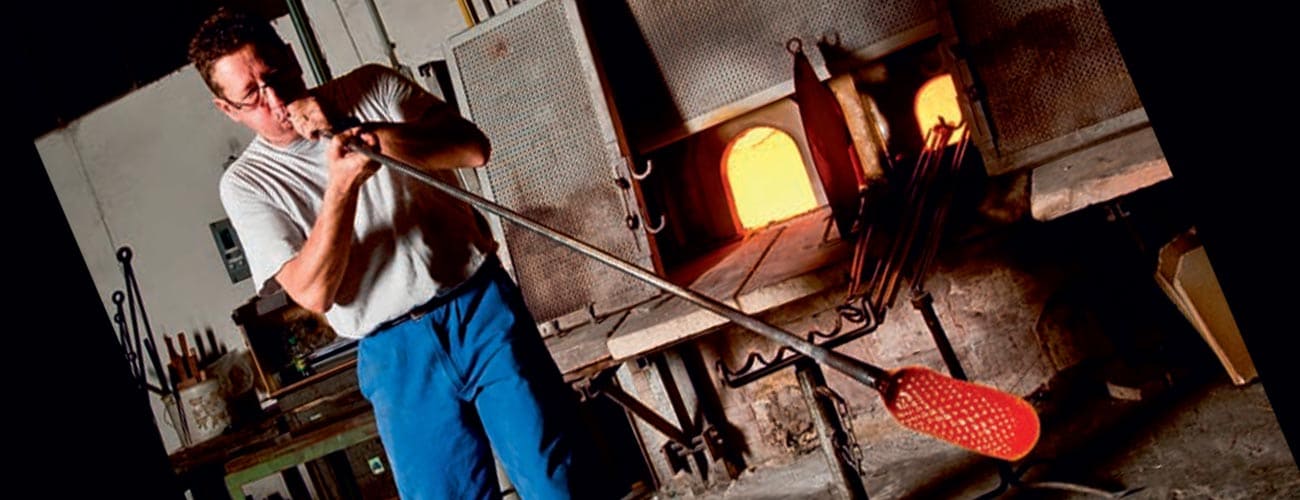
Murano Glass Techniques
Venetian glass is admired around the world for its delicate perfection and incredible color combinations. The art of glass blowing existed in Venice long before the 10th century.
When the high temperatures of the glass furnaces posed a threat to Venice’s mostly wooden buildings, the authorities decided to move the entire industry to the island of Murano in the Venetian lagoon.
Aventurina
Aventurina represents a technique in which flakes of metal are incorporated into the glass when molten.
When the glass slowly cools, it emits an exquisite sheen and then blown into the required shapes.
The shimmer resulting from the metal particles implanted in the glass gives the items a special look.
As the design cannot be controlled effectively, the craftsmen named the technique “aventurina” which means “case”
Bullicante
The bullicante technique involves the insertion of several layers of bubbles into thick glass.
The bubbles, basically inserted in a grid pattern, appear at regular intervals giving an effervescent appearance to the glass articles.
Cameo
The cameo indeed requires a high level of skill, being a complicated technique.
Initially, the carving has a relief design, produced by the exposure of the second layer after the combination of two types of glass of two different colors,
This obtains very charming effect as takes a skilled Murano glass craftsman to create very elaborate and intricate designs.
Fenicio
Fenicio glass is an extremely decorative glass.
The fenicio glass objects have garland like designs on them. This makes them truly spectacular.
The technique involves wrapping the glass objects with multicolored glass threads and combing them into place while they are still hot with a special tool called ‘meneretta’.
When cooled, they will give the glass objects a stunningly beautiful look. This is a very ancient technique. However, it came to Murano sometime in the 17th century.
Lattimo
This is also known as milk glass. ‘Latte’ means milk in Italian.
The glass looks like fine china porcelain.
This is usually opaque and milky white in color.
This glass technique was invented in the 15th century in Murano.
Afterwards, the milky white surface was colored using enamel.
Then everything is blown and shaped to form a multicolored item.
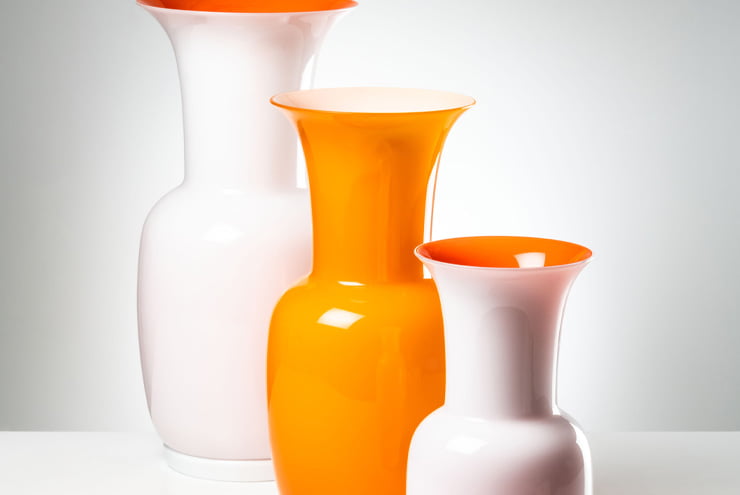
Handkerchief – Mano Volante
The Mano volante literally meaning flying hand is the term used to indicate a the rapid and expert movement of the master glassmaker’s hand while hot working a precious piece of glass.
Certainly with a highly evocative technique, the master glassmaker gives the still soft glass the shape of an overturned handkerchief.
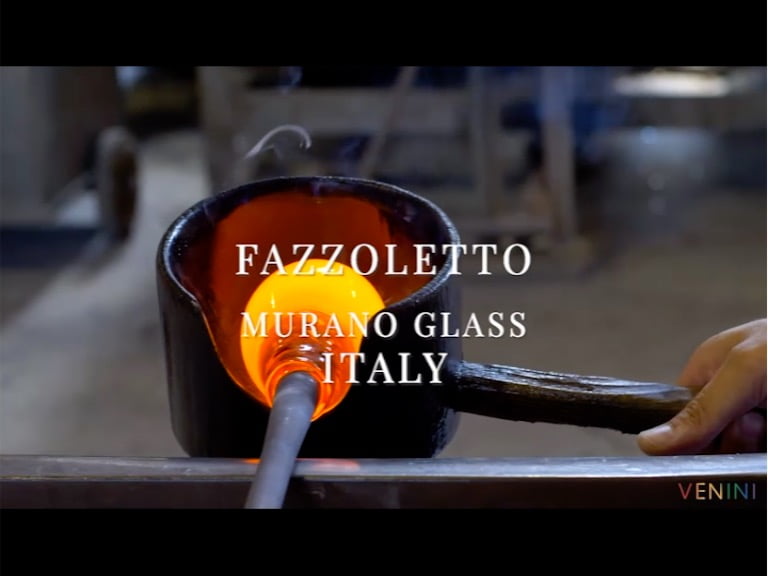
Filigrana
The filigrana technique is a very simple one.
Still, it has to be done with extreme care, so as to form beautiful patters on the objects.
A number of opaque glass rods, white or colored or both are placed on a clay surface. Then the whole thing is heated and blown and shaped.
It needs to be heated many times before the required shape is achieved.
This technique involves extremely careful handling. But the resulting object is really a visual treat.
Ice glass
The Ice glass objects are distinguished by their cracked-look.
The whole object will resemble cracked ice pieces.
This effect is obtained by dipping the hot glass objects in cold water to crack their surfaces first and later covering these cracks with another layer of molten glass.
Then the cracks will appear through a layer of clear glass, making the object look as if it is made of ice. That is why it is also referred to as ice glass.
Scavo
This technique gives the object an antique look.
It is made to appear as if they are excavated from under soil.
To give the object the matte look of an object buried in soil for many years, it is heated with carbonates and nitrates that decompose with heating.
Usually the objects are grey in color.
But the ancient look also can be given to various colors. It all depends on the artist.
Retticello
The retticello technique gives the relief a netted design.
The artist places opaque and clear glass rods so that they cross each other many times.
He places sections of this side by side and forms a cylinder with his blow pipe.
When this is blown, it forms a net-like pattern on the glass objects. That is why it is named reticello or net.
Isolated from the rest of the world by fate or design, the glass masters experimented with patterns and pigmentation and invented some extraordinary and complex techniques that have earned name and fame for the island of Murano and its glass art.
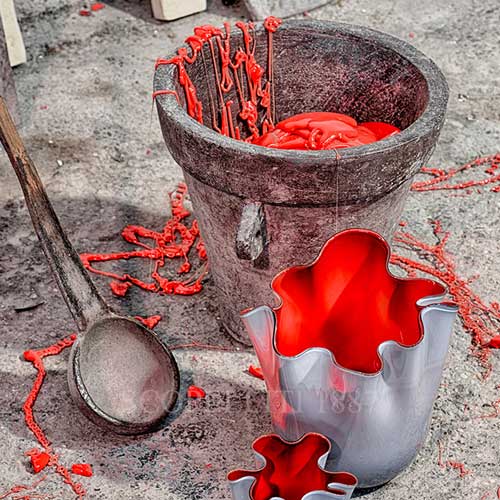
Balloton
The relief of a balloton glass object has a diamond pattern.
This effect is achieved by blowing the glass into bronze moulds with small points to keep the design in place while blowing.
Shaping this glass has to be done with care.
The diamond design is likely to be disturbed if not handled carefully.
Certainly with a highly evocative technique, the master glassmaker gives the still soft glass the shape of an overturned handkerchief.
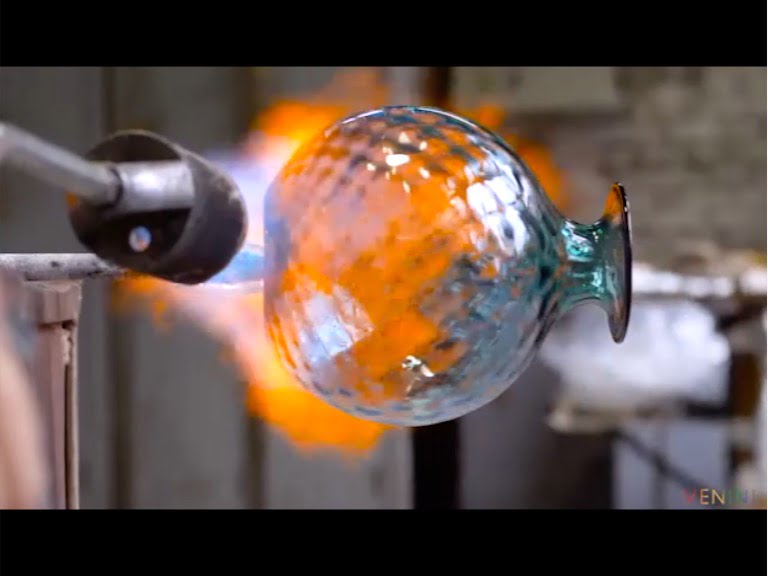
Incamiciato
This is a technique that produced beautiful vases with two different colors on its inside and outside.
The technique involves the fusion of two sheets of glass with two different colors.
Then this is shaped into vases that have different colors on the inside and outside.
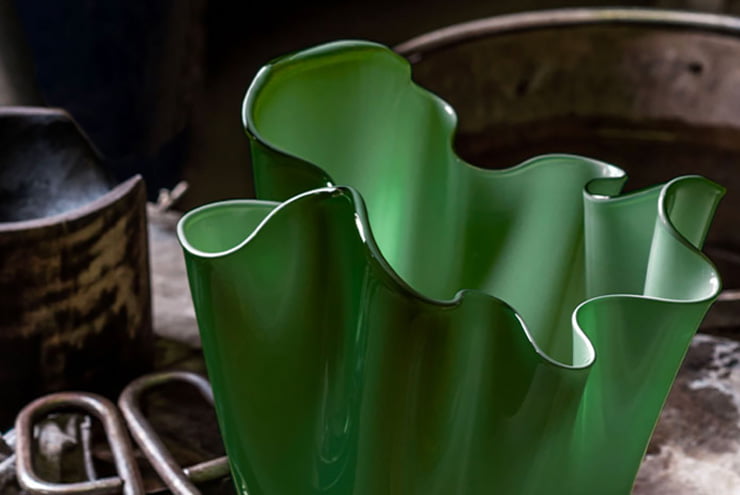
Rigadin
This is a technique by which articles with beautiful ribbed relief is created.
The artisans use moulds to create this ribbed appearance.
Then the glass created thus is further blown and shaped by the artists according to their imagination.
The artist holds the article, while he is shaping it, over the vapors of melted salts of metals like tin and titanium.
The vapor makes the white glass exhibit the component colors of the rainbow.
Siderale
This technique is highly complicated and burdensome.
So, very few articles are produced using this technique.
For this, first the artist has to make a large murrine piece with two alternating colors.
This piece has to be heated till melting point and applied to the vases.
Thereafter, it has to be ground and smoothened using machines. The resulting article is really eye-catching.
Smalti
This is enamel work.
Special vitreous enamels with lower meting points than glass are used.
These enamels are elastic to a certain extend so that they won’t break when the glass cools.
These enamels are applied on glass when cold. The articles are then placed in an oven and heated up to 500 to 600 degrees.
The enamel then fuses with the glass making the painting work permanent.
Canne
The “Canne” technique is absolutely oustanding and particular. Glassblowers roll glass rods of different colors into a circular section.
Afterwards they collect the reeds, mix them and then blow again.
The shape of the vase though is inimitable and recalls the swaying of the wind.
Fasce
The “Fasce” technique basically consists in applying hot glass threads of different colors called bands to the main transparent structure. Then these colored lines are mixed all together and covered with another layer of crystal to get a particular visual effect.
Consequently each object made with this technique has an interesting chromatic structure that differs from one vase to another, thus making them unique.
Lorem ipsum dolor sit amet, consectetur adipiscing elit. Ut elit tellus, luctus nec ullamcorper mattis, pulvinar dapibus leo.
Lorem ipsum dolor sit amet, consectetur adipiscing elit. Ut elit tellus, luctus nec ullamcorper mattis, pulvinar dapibus leo.
Lorem ipsum dolor sit amet, consectetur adipiscing elit. Ut elit tellus, luctus nec ullamcorper mattis, pulvinar dapibus leo.

